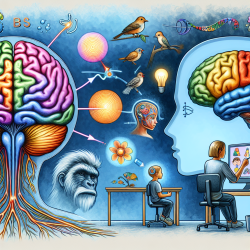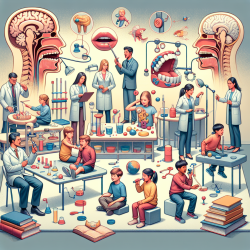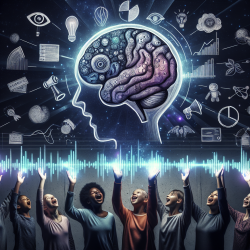Understanding Neuroplasticity and Natural Selection
In the realm of speech-language pathology, the intersection of neuroplasticity and natural selection offers a compelling framework for enhancing therapeutic outcomes. The research article, "Allocating structure to function: the strong links between neuroplasticity and natural selection," provides insights into how brain structures evolve and adapt, offering a foundation for innovative therapeutic approaches.
Key Insights from the Research
The study highlights that brain elements are not isolated in their functions but are reused across various functional systems. This adaptability is a testament to the brain's evolutionary design, which balances robustness with evolvability. Such insights are crucial for practitioners, especially in online therapy settings, where understanding brain adaptability can enhance therapeutic strategies.
Practical Applications in Online Therapy
For practitioners at TinyEYE, these findings can be transformative. Here’s how:
- Customized Therapy Plans: Understanding that brain functions can adapt and overlap allows therapists to create more personalized therapy plans. This adaptability means that therapy can be adjusted in real-time to suit the child's evolving needs.
- Focus on Functional Reuse: Encouraging activities that promote the reuse of neural circuits can enhance learning and retention. Activities that engage multiple senses or cognitive functions can be particularly effective.
- Adaptive Learning Environments: Online platforms can be tailored to mimic real-world scenarios that promote neuroplasticity, providing children with environments that encourage neural adaptation and growth.
Encouraging Further Research
While the study provides a robust framework, it also opens avenues for further research. Practitioners are encouraged to explore how these principles can be integrated into daily practice and how they can be tailored to individual needs.
Conclusion
By leveraging the principles of neuroplasticity and natural selection, speech-language pathologists can enhance their therapeutic approaches, particularly in online settings. This not only improves outcomes for children but also aligns with the evolving understanding of brain function and development.
To read the original research paper, please follow this link: Allocating structure to function: the strong links between neuroplasticity and natural selection.










